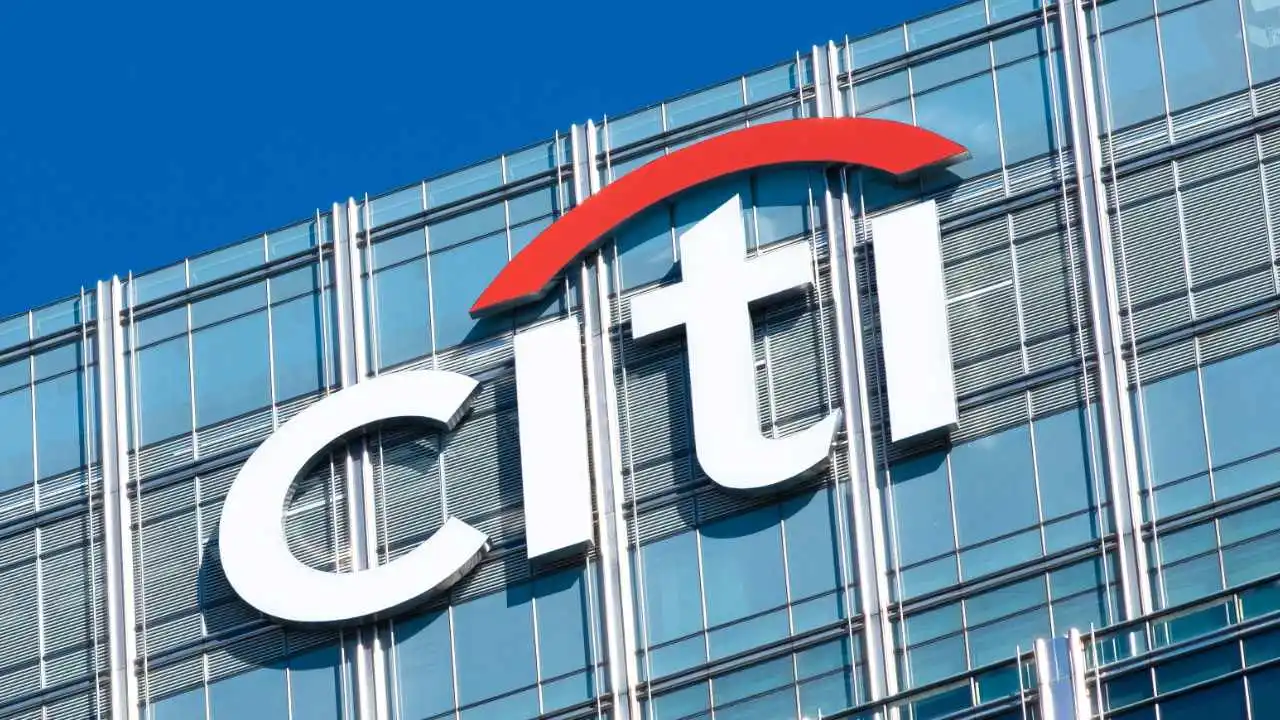Clarify the type of trading you are participating in and make corresponding adjustments.
Written by: Cred
Translated by: Saoirse, Foresight News
As a discretionary trader, it is very useful to categorize trades.
Systematic trading and discretionary trading are not a binary opposition or mutually exclusive relationship.
In extreme cases, on one hand, there is a fully automated trading system — it is always "on," managing every aspect of the trading process; on the other hand, there is completely instinctive speculation — there are no rules, nor is there a fixed trading strategy.
From a technical perspective, any exercise of discretionary power (such as shutting down an automated system or manually adjusting position balances) can be classified as "discretionary behavior," but this definition is too broad and lacks practical reference value.
In fact, my definition of "discretionary traders" may apply to most readers, with core characteristics including:
Primarily executing trades manually;
Analyzing based on technical aspects (including key price levels, charts, order flow, news catalysts, etc.);
Subjectively judging whether the trading strategy is effective and worth participating in;
Having discretionary power over core trading elements: risk control, position size, entry points, stop-loss conditions, target prices, and trade management.
It is important to emphasize that "discretionary" should not be equated with "laziness."
Some traders might say, "Bro, look, no two trading strategies are exactly the same, so testing is useless; every situation is different anyway."
But excellent discretionary traders usually master detailed data about the markets they trade, develop trading strategy manuals, set market condition screening criteria, and keep trading logs to optimize performance, among other things.
When exercising discretionary power, they will at least follow a rough set of rules; as experience accumulates, the rules will become more flexible, and the proportion of discretionary decision-making in the trading process will increase.
However, this flexible decision-making is gained through accumulation, not something one possesses out of thin air.
In any case, based on my experience and observations, most positive expected value (+EV) discretionary trading strategies can be categorized into the following three distinct categories (the category names are self-created):
Incremental
Convex
Specialist
The core distinguishing dimensions of each category are three:
Risk-reward ratio (R:R)
Success probability (Probability)
Frequency of occurrence (Frequency)
_ (Note: Combining risk-reward ratio with success probability can roughly estimate the expected value of a trade, but this will not be elaborated here; we will simplify understanding through the three dimensions.)_
Now, let's analyze these three types of trades one by one.
Incremental Trading
Core Characteristics: Low risk-reward ratio, high success probability, moderate frequency of occurrence
This type of trading is key to maintaining normal account operations and keeping market sensitivity.
They may not be "eye-catching" and are not suitable for flaunting on social media, but they are the "foundation" for traders — as long as there is a certain market advantage, the returns from this type of trading can achieve considerable compound growth.
Typical cases include: microstructure trading, order flow trading, intraday mean reversion trading, trading based on statistical patterns (such as intraday time period effects, weekend effects, post-news release effects), range trading during low volatility periods, etc.
The main risks faced by this type of trading are "diminishing advantages" and "sudden market state changes."
But these two risks can be seen as "necessary costs of trading": intraday trading opportunities are inherently sporadic, and if one stands in the wrong direction during a sudden market state change, the cost is often very high (one can refer to the case of Gaddafi's regime collapse to understand the "risks of counter-trend operations during trend reversals").
Incremental trading is a category of great practical value: it can usually achieve stable profits and occurs frequently enough — smoothing out the profit and loss curve while providing traders with effective information about the market and potential trends.
Convex Trading
Core Characteristics: High risk-reward ratio, moderate success probability, low frequency of occurrence
Most trades based on high time frames (such as daily or weekly) — especially those centered around rising volatility or sudden market trend changes — fall into this category.
As the name suggests, this type of trading does not occur frequently, but once it does, capturing a portion of the profits from significant volatility can yield substantial returns.
Typical cases include: high time frame breakout trades, reversal trades after high time frame breakout failures, high time frame trend continuation trades, major catalyst/news-driven trades, extreme trades based on funding and open interest, breakout trades after volatility compression, etc.
The main risks of this type of trading include: false breakouts, excessively long intervals between trading opportunities, and high difficulty in trade management.
Similarly, these risks are also "necessary costs of trading."
Typically, when participating in this type of trading, traders may need to attempt the same strategy multiple times, experiencing several small losses before the strategy becomes effective (and it may even never become effective). Additionally, the volatility of this type of trading is usually higher, and the management difficulty is greater, making it easier for traders to make mistakes in execution — but this is precisely why it can offer high returns.
In the cryptocurrency trading field, convex trading often serves as the main contributor to traders' long-term profits and losses. Properly controlling position sizes, capturing major trends, and seizing breakout or trend reversal opportunities are key to freeing asset curves from the erosion of transaction fees.
It can be said that the profits from convex trading can cover the transaction fee losses, frequent trading costs, and volatility risks incurred in incremental trading.
In simple terms, this type of trading is what people often refer to as "blockbuster trades."
Specialist Trading
Core Characteristics: High risk-reward ratio, high success probability, low frequency of occurrence
This is a type of "once-in-a-lifetime" high-quality trading opportunity, such as the recent series of liquidations in the perpetual contract market, stablecoin de-pegging events, key tariff policy news (during periods of significant policy influence), major catalyst-driven trades, and markets with sharply rising volatility.
Typical cases include: capturing low time frame entry points and expanding them into high time frame swing trades, arbitrage when spot and derivative prices deviate significantly, large price difference arbitrage across exchanges, "off-market quotes" executed at extremely low discount prices, providing liquidity in thin markets to earn profits, etc.
Participating in this type of trading usually requires meeting one of the following two conditions:
The market experiences abnormal volatility or "breaks" (such as a price crash or liquidity exhaustion)
Perfectly combining high time frame trading logic with low time frame execution strategies to form "snowball" profits
The difficulty of the first condition lies in the extreme rarity of opportunities; when opportunities arise, most traders are often busy dealing with margin calls and managing existing positions, leaving them no time to consider new opportunities. Additionally, the stability of exchange systems is usually poor at this time, further increasing the difficulty of execution.
The difficulty of the second condition lies in the fact that price movements on high time frames often exhibit high volatility and noise on low time frame charts. This requires traders to accurately grasp entry points and stop-loss conditions while also having the ability to adhere to low time frame trading strategies and manage positions properly during the expansion of high time frame trends.
The main risks of this type of trading include: extremely high skill requirements for traders, very low frequency of opportunities, the possibility of traders missing opportunities due to being "busy surviving," and execution risks (such as slippage in thin markets and facing liquidation risks).
This type of trading is extremely challenging, but once captured, it can completely change a trader's career.
It is worth noting that the appeal of this type of trading is precisely the source of its risks.
Therefore, it is advisable for traders to reserve a portion of a "crisis fund" — that is, stablecoin funds that are not easily touched, specifically for capturing such rare opportunities, which is a very wise practice.
Conclusion
I recommend that everyone review their trading logs or strategy manuals and try to categorize past trades according to the three categories mentioned above. If you currently do not have a trading log or strategy manual, this classification framework can also provide you with a starting direction.
Another valuable insight (derived through "process of elimination") is that many trading categories are actually not worth investing time in. For example, "boring trades" — this type of trading clearly falls into the category of "low risk-reward ratio, low success probability, high frequency of occurrence," which is an ineffective consumption of time and funds.
If you are an emerging trader, it is advisable to focus most of your energy on incremental trading: accumulating market data, building trading systems, optimizing operational strategies through this type of trading, and then gradually trying other types of trading as you accumulate enough funds and experience.
You do not need to be forever limited to one type of trading.
A more valuable approach is to develop a strategy manual that balances all three types of trading; more importantly, set reasonable expectations for the risk-reward ratio, success probability, frequency of occurrence, potential risks, and strategy forms for each type of trading.
For example, using a convex trading strategy but managing it in an incremental trading manner is incorrect; similarly, using a convex trading strategy but setting position sizes according to incremental trading standards is also incorrect (this is also my greatest weakness as a trader).
Therefore, it is very important to clarify the type of trading you are participating in and make corresponding adjustments.
I have not set specific numerical standards for risk-reward ratios, success probabilities, or frequencies of occurrence because these indicators are greatly influenced by market conditions and vary significantly. For instance, in a hot bull market, convex trading opportunities may arise every week; whereas in a sluggish market, even incremental trading opportunities can feel like a blessing.
免责声明:本文章仅代表作者个人观点,不代表本平台的立场和观点。本文章仅供信息分享,不构成对任何人的任何投资建议。用户与作者之间的任何争议,与本平台无关。如网页中刊载的文章或图片涉及侵权,请提供相关的权利证明和身份证明发送邮件到support@aicoin.com,本平台相关工作人员将会进行核查。




